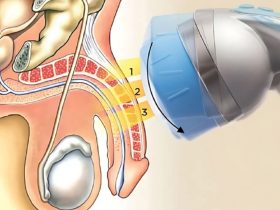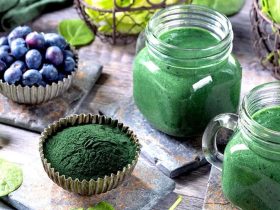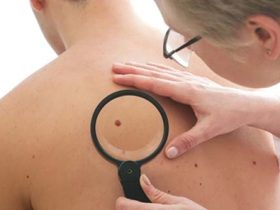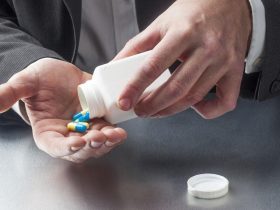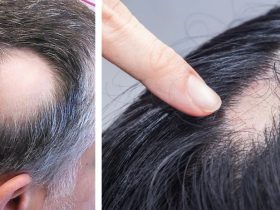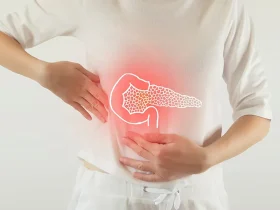When one considers optimizing hormone health, exercise should undoubtedly come first due to its importance, especially for men. According to Evan Bass Men’s Clinic, testosterone, cortisol, insulin, and growth hormone all get affected by physical activity, and a good workout will really enhance the way the body produces and regulates these essential hormones. However, which of these forms of exercise will provide the best benefits of hormonal health in men: high-intensity interval training (HIIT), resistance training (lifting), or yoga?
Quick Hormonal Spikes with HIIT
High-intensity interval training typically consists of short bursts of intense exercise followed by resting for some time. For men who want quick results and see the hormonal excitation, HIIT will give good results.
HIIT has also been shown to spur a transient increase in testosterone levels, especially in younger men. Insulin sensitivity is also improved, which is instrumental in balancing energy and lessening the chances of getting metabolic disorders. Further, these spells of intense effort also provide stimulation for growth hormone secretion that helps with fat loss and muscle repair.
On the other hand, it’s also a huge stress on the body. When executed very frequently or without much recovery time, HIIT increases cortisol levels—the stress hormone—which may work against testosterone production. Ideally, with adequate rest days in between, HIIT should be performed no more than 2 to 3 times a week to benefit hormone balance.
Lifting: Building Strength and Boosting Testosterone
Resistance training, or weightlifting, has long been known to boost testosterone levels and improve body composition in men. Exercises like squats, deadlifts, and bench presses are especially good at activating the endocrine or hormone system.
Regular lifting, done with moderate to high intensity and shorter rest periods, helps increase testosterone and growth hormone levels. It also leads to lasting gains in muscle mass and metabolism, which improve insulin sensitivity and reduce fat storage, both important for maintaining healthy hormone levels.
In contrast to HIIT, lifting will not usually elevate cortisol levels in the same way, especially when volume and force are maintained effectively. For males focusing on sustaining robust hormonal health, a lifting protocol with 3 – 4 sessions per week and progressive overload with rest can be ideal.
Yoga: Reducing Stress and Balancing Hormones
Although a small number of individuals consider yoga for building muscle, its effects on hormonal health, specifically stress regulation, should not be undermined, according to Evan Bass Men’s Clinic. Long-term stress and high cortisol have been shown to dampen testosterone and other hormones. The controlled movement of Yoga, with its inherent breathing work, meditation, and breathing exercises, reduces cortisol and regulates the nervous system.
Adding yoga to a weekly regimen can improve sleep quality, decrease blood pressure, and enhance mood—all of which are important to keeping hormone levels healthy. Yoga does not raise testosterone directly, but its role in minimizing hormonal imbalances makes it an excellent addition to more rigorous training.
Choosing the Right Mix for Optimal Health
According to Evan Bass Men’s Clinic, an ideal workout plan for men’s hormone health should not be reliant on any single type of exercise; however, a mix of different activities is the best resort. Strength training will obviously get a priority, being the core, given that it helps with testosterone levels and building muscle. Similarly, incorporating some high-intensity interval training (HIIT) now and then is essential to improve heart health and burn fat. Plus, yoga is great for recovery and helps manage stress, which is important for keeping cortisol levels under control.
To conclude, the best exercise is one that is tailored to a man’s lifestyle, goals, and ability to recover. With knowledge about how various types of exercise impact hormones, men can make more intelligent decisions that bring about sustained vitality and health.



